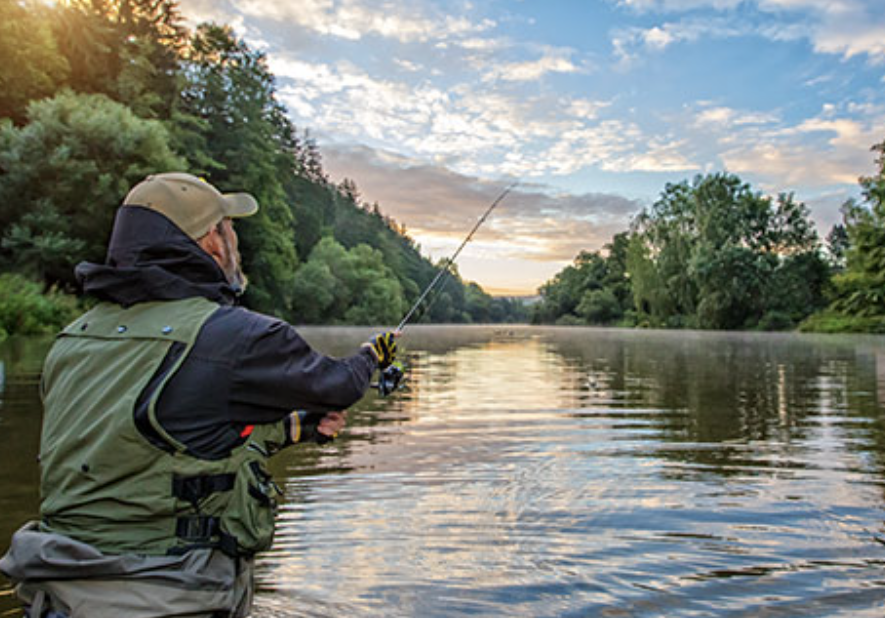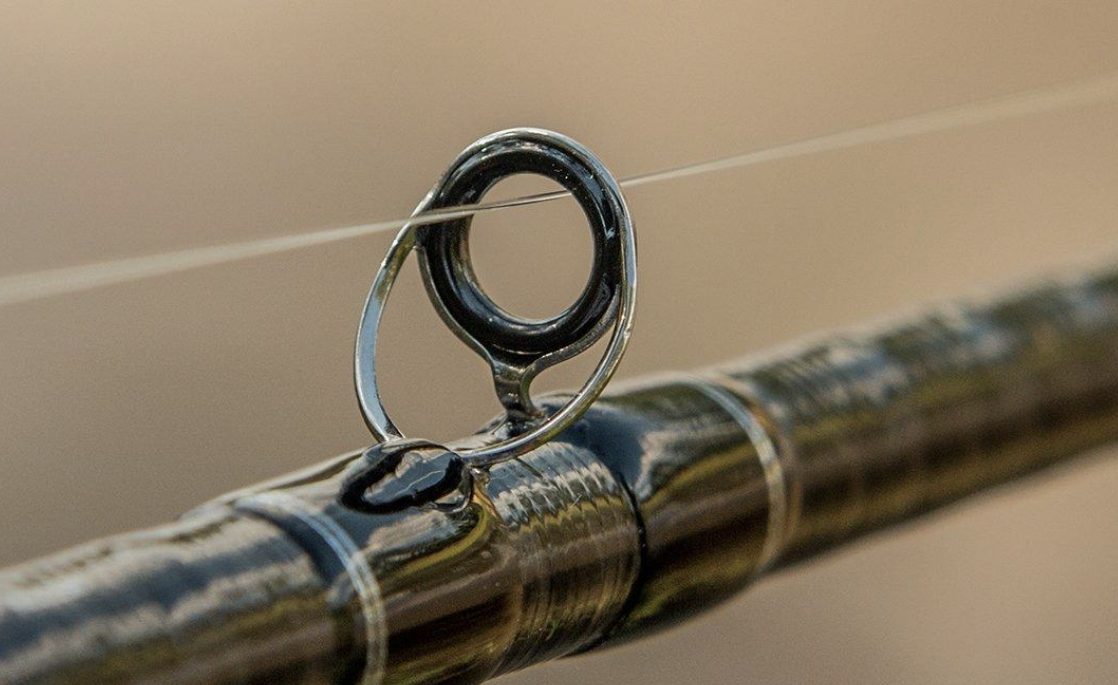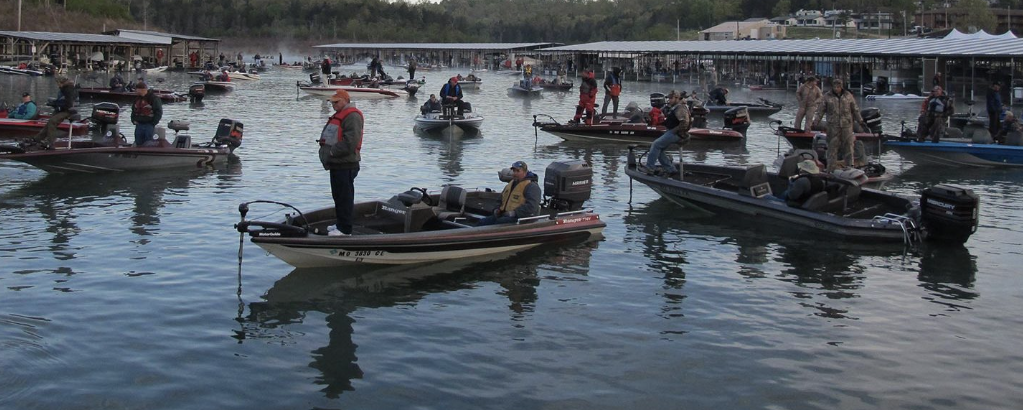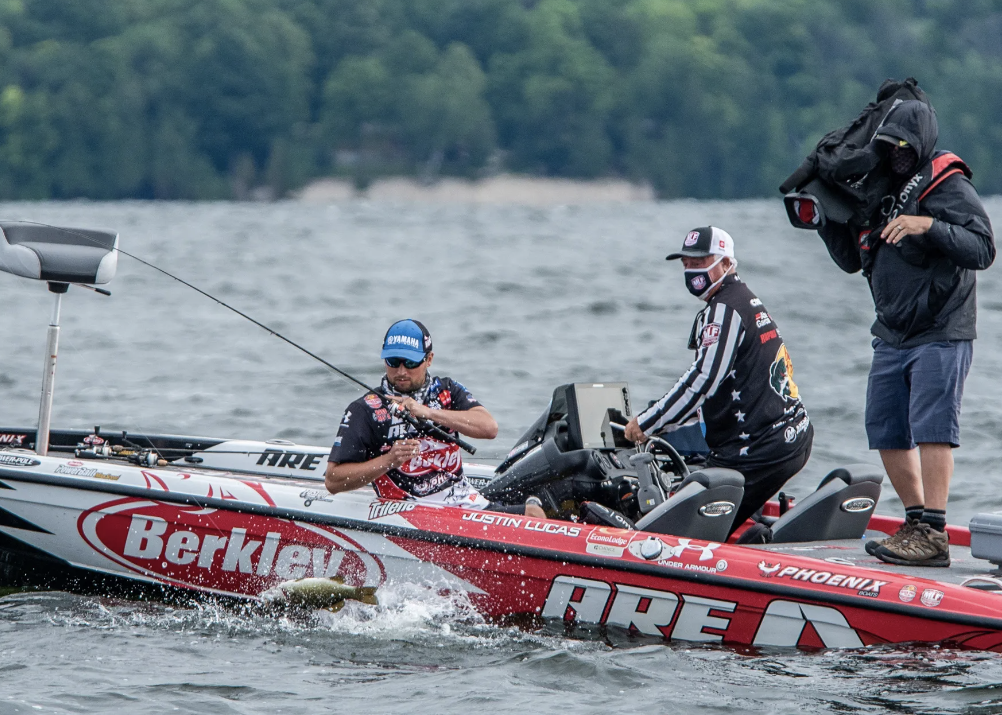Tips to Improve Fishing

Sometimes it's better to be lucky than good. However, I firmly believe luck is preparation waiting for opportunity and in the world of big game tournament fishing that phrase is certainly appropriate. Tournament winning teams leave little to chance because when the big blue girl comes a calling, there's no room to leave anything to chance.
Whether you're a novice tournament fisherman (we all started out that way) or an experienced bluewater veteran, here are a few tips to help improve your score.
Think Big!
It's always a good idea to scale your tackle to the size of the species you hope to encounter while also taking maximum advantage of what the tournament's rules will allow. For instance, in an event where 100-pound test line is allowed, using 80-pound class reels is a distinct disadvantage.

Think of it as bringing a knife to a gun fight. Most 80-pound class lever drag reels will hold about 850 to 900 yards of 100 pound-test monofilament while a 130-pound class reel will hold 1,100 yards or more of the same line. If your budget allows, get the 130s for additional firepower.
Get Fresh
The sun's UV rays play havoc on everything on the boat from fiberglass to our own skin. Not to be overlooked is the monofilament fishing line we spool up on our reels. Frequent respooling of reels will ensure the integrity of the fishing line and limit line failure from a weak spot.
At the very least check the first 50 yards or so for chalkiness or haze on the line that could indicate a weak spot. Slide the line through you fingers and check for nicks and burrs and look for bottom paint that would indicate contact with the boat. When not in use, place reel covers over the reels to keep salt and sun out.

The Wonders of Wind-on's
Years ago, big game crews would routinely employ a 20-25 foot double-line, add a ball bearing snap swivel, and rig lures with 15-foot leaders. Once the swivel approached the rod tip a deckhand would then need to take wraps of the heavy monofilament leader to maneuver the fish the last 15 feet or so for gaffing or releasing, increasing the odds of injury to the mate, losing the fish and tackle failure.
A wind-on leader allows for a 25-foot section of heavy monofilament to be wound through the guides of the rod onto the reel.
A solid ring ball-bearing barrel swivel is crimped to the end of the wind-on leader while a five to 10-foot lure leader is then crimped to swivel. The fish can now literally be reeled right to the boat. Once you try them you'll never go back to conventional leaders.

Get Squeezed
Crimps are a vital link in the line/leader chain and must be swagged properly. Too much compression will weaken the monofilament while too little will allow the leader to slip through. Use crimping tools and crimps designed for the brand of leader material you are using.
Before making a compression, slide a few inches of leader material through the crimp and use a lighter to soften the end of the monofilament to form a mushroom end. Pull the tag end back to the end of the crimp and make the compression. The mushroom end adds an extra measure of security to keep the monofilament from pulling through the crimp.
Smooth as Silk
Roller guides take a beating from salt spay and need to be smooth and free spinning to work as designed. Check all rod guides for rotation and lubricate frequently with a light oil to ensure optimum performance. Sliding an old nylon stocking back and forth through the guide and across the roller will reveal any grooves or burrs that will damage monofilament in a hurry.
While you're at it, check the reel seat to be sure the reel is securely fastened and use a use a strap wrench to tighten locking nuts without marring the finish.
Starting Line-Up

Assign crew duties before the bite occurs. Knowing ahead of time who the angler will be avoids confusion when the rigger pops and line is melting off the reel. Tasks to assign include steering the chair, clearing lines, wiring and gaffing the fish. If tournament rules require a photograph of the release, designate a camera person and instruct him ahead of time as to what's required.
Usually a numbered card or colored ribbon must be included in a photo that also must clearly define the species. Also, set up the fighting chair and bucket harness for the first angler up. Position gaffs and tag sticks in a safe yet easily accessible location. Keep gloves nearby and always have the person who will wire the fish equipped with a release knife to cut the leader for any reason.
ReelCritical
A properly set drag can be the difference between a caught fish and broken line. Remember as spool diameter decreases, drag on the line increases and you may have to back off the drag when a lot of line is in the water. Check drags each day and set to 25-33 percent of the breaking strength of the line on the spool at the strike position.
Recheck drags after long battles with big fish. Mark different drag resistance setting with electrical tape and permanent marker so the crew and captain are aware of the drag position. Adding the leader strength will provide additional information for the crew while indicating the rod position in the trolling pattern helps get lines back in the water quickly after a bite.
Get the Point

Few hooks are sharp enough right out of the box and those that are often require a touchup after being removed from the bony part of a billfish's jaw. Use a file to touch up the hook to a triangular point but avoid removing too much steel and making too sharp a point that could easily be broken off.
When sharpening hooks aboard the boat, lean over the gunnel to avoid having iron fillings flying around that will quickly rust and stain the fiberglass.
Relief Pitcher
Keep a pitch bait rigged and ready. Pitching a skipping ballyhoo to one side of the teaser or the other while pulling the teaser away will often draw strikes from a frustrated billfish. Should you miss the bite, lift the rod tip to get the bait quickly back up on the surface where it creates a commotion and often draws another bite.